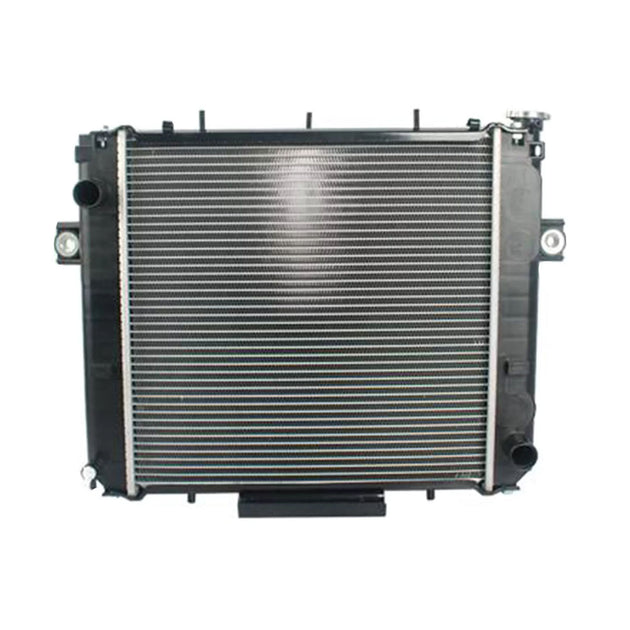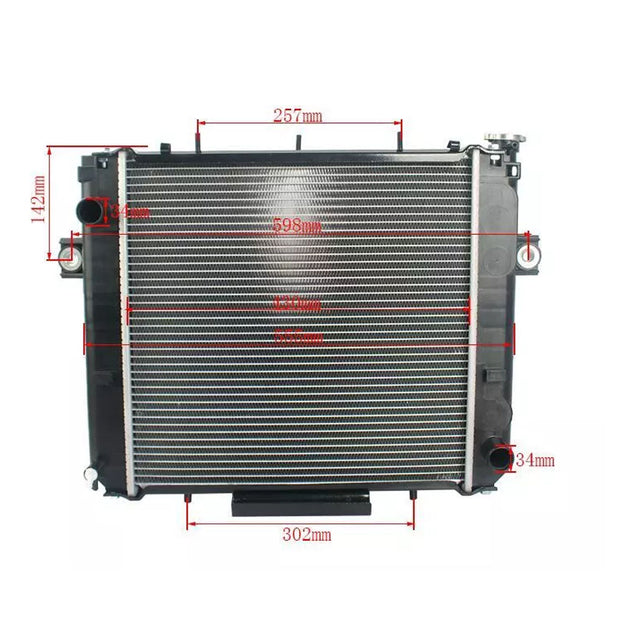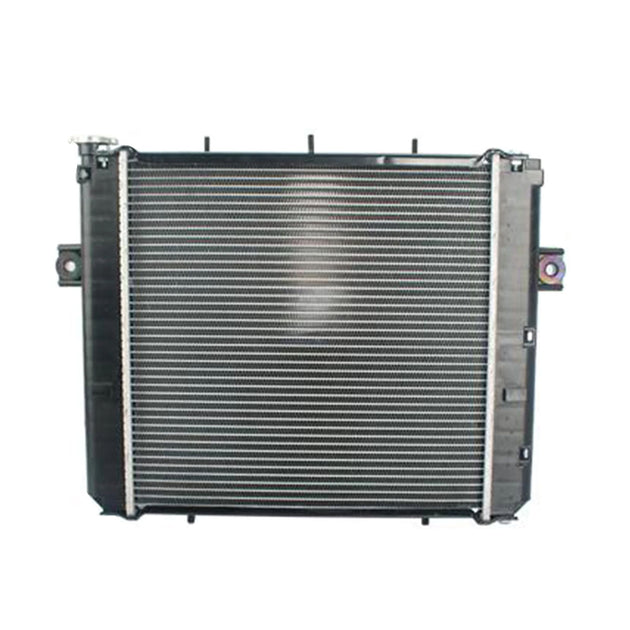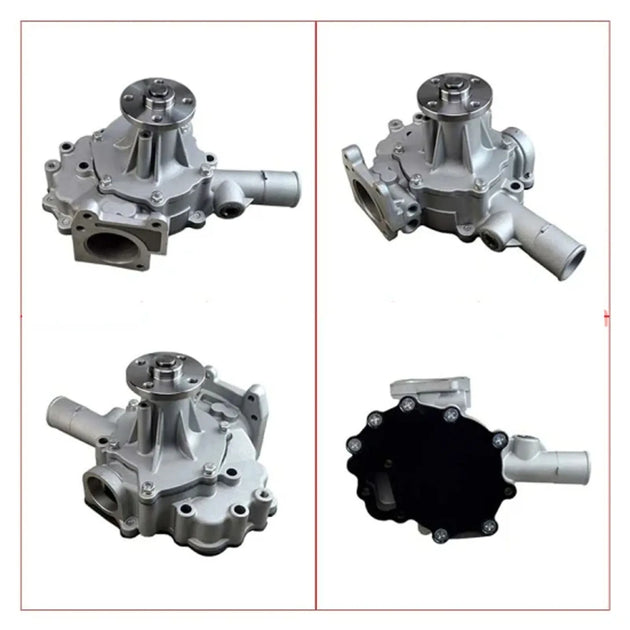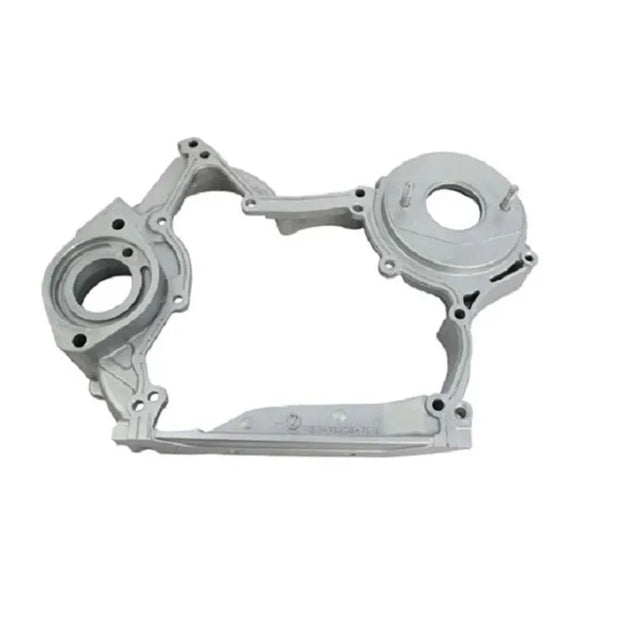Filter and sort
Electrical Parts
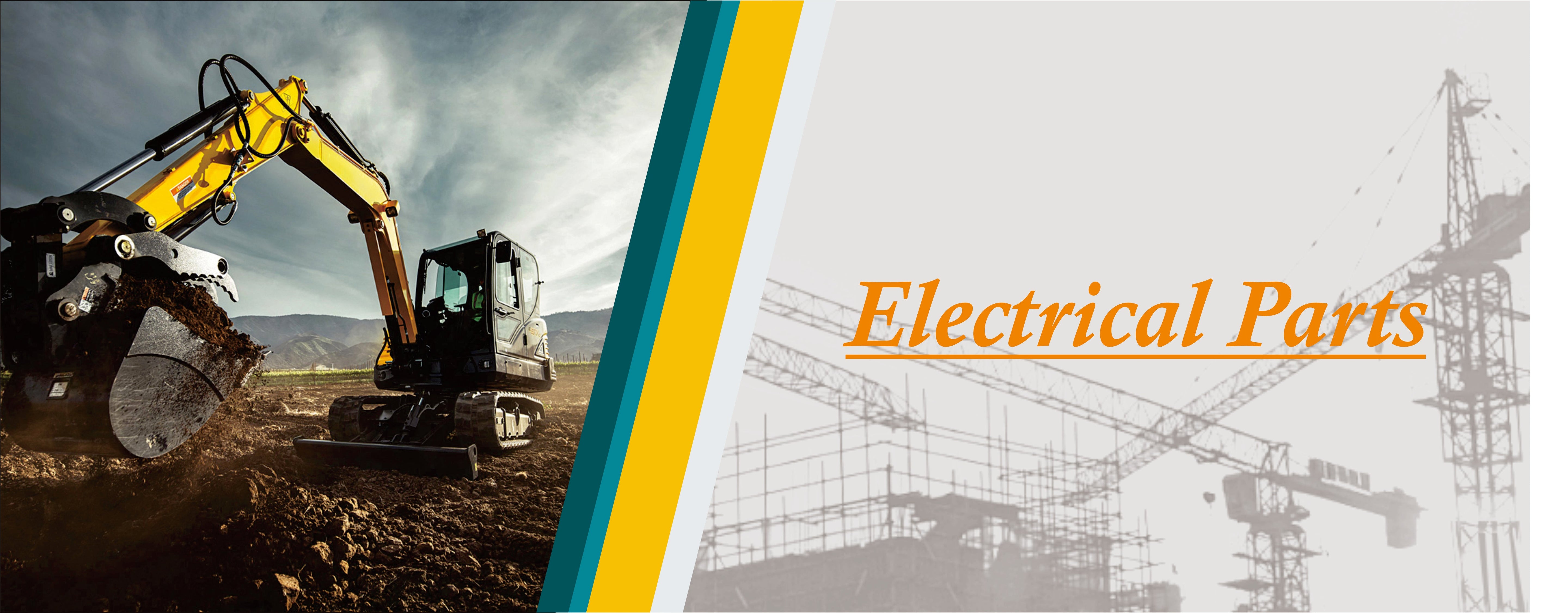
Special Offers
-


Vendor: Komatsu
For Komatsu Excavator PC200-7 Water Temperature Sensor 7861-93-3320
For Komatsu Excavator PC200-7 Water Temperature Sensor 7861-93-3320 Part Number: 7861-93-3320 Application: For Komatsu Excavator PC200-7 Condition: New Aftermarket Parts In StockRegular price $ 25 -


Vendor: Kobelco
Excavator Revolution Speed Sensor MC89411 479770-3920 VH894101290A S8941-01290
Excavator Revolution Speed Sensor MC89411 479770-3920 VH894101290A S8941-01290 Part Number: MC89411 479770-3920 VH894101290A S8941-01290 Application: MC89411 479770-3920 VH894101290A S8941-01290 Condition: New Aftermarket Parts In StockRegular price $ 25 -


Vendor: Caterpillar
Buy Revolution Speed Sensor 196-7973 1967973 for Caterpillar CAT 320 E320 E200B
Buy Revolution Speed Sensor 196-7973 1967973 for Caterpillar CAT 320 E320 E200B Part Number: 196-7973 1967973 Application: for Caterpillar CAT 320 E320 E200B Condition: New Aftermarket Parts In StockRegular price $ 24 -


Vendor: Cummins
Air Pressure Temperature Sensor 4921473 for Cummins QSX15 ISX15 Engine
Air Pressure Temperature Sensor 4921473 for Cummins QSX15 ISX15 Engine Part Number: 4921473 Application: for Cummins QSX15 ISX15 Engine Condition: New Aftermarket Parts In StockRegular price $ 19 -


Vendor: Komatsu
7861-92-3380 Excavator Parts Water Temp Sensor for Komatsu PC200/220-6
7861-92-3380 Excavator Parts Water Temp Sensor for Komatsu PC200/220-6 Part Number: 7861-92-3380 Application: for Komatsu PC200/220-6 Condition: New Aftermarket Parts In StockRegular price $ 22 -


Vendor: Sany
660404 Oil Pressure Sensor For Sany Excavator
660404 Oil Pressure Sensor For Sany Excavator Part Number: 660404 Application: For Sany Excavator Condition: New Aftermarket Parts In StockRegular price $ 25
What are the electrical parts?
The electrical system has three main functions. One is to power the starter motor through the battery, causing the starter motor to run and complete the initial stage of the stroke work through the crankshaft connecting rod structure, and exit the next working system after the engine is started, so this part is sometimes called the engine's The main component of the starting system is the starter motor; the second is to ensure the normal operation of the engine during work, ensuring normal oil supply, normal air intake, and starting protection devices when encountering high temperatures and high pressures. The main components include various sensors and switches. Third, during operation, the charger is driven by the engine to charge the battery and ensure that the battery is fully charged. The main component is the charger.
The electrical system can be classified according to the speed control system of the engine. The electrical system of the machine control is relatively simple, including only the starter, charger, and switch with sensor function. Of course, some assembly plants may have additional wiring in the control box of the unit. , a sensor is installed in the engine for control; in addition to the mechanical starter and charger, the ESC also has an electronic speed regulator and actuator; while the EFI/electronic control is more complex, and its main features are various There are many sensors and they are controlled by a computer board.
1. Battery
The battery is generally not a product that comes with the engine, but is selected, tested and matched by the assembler. The usual voltage is 12V or 24V, and its main function is to power the starter motor, ECM and other electrical equipment. Under normal circumstances, when the engine is running once, the battery is fully charged, because although the battery is discharged in the early stage, it will be fully charged again during the engine running process.
2. Starting motor
The essence of a starter motor is an electric motor. The principle is the magnetic effect of current, which generates a magnetic field through energization and promotes the rotation of the starter. The starter is installed on the side of the timing gear. When starting, the probe of the starter stretches out, contacts the timing gear box gear, and pushes the gear to rotate. After reaching a certain speed, usually 250-300 rpm, the probe It will retract. At this time, the engine can run normally and the work of the starter motor is completed.
An introduction to the main systems of the engine - Youjia
3. Charger
It is also called an alternator, so it is essentially a small generator based on the principle of electromagnetic induction. Driven by the engine, the coil cuts the magnetic induction lines to generate current and supplies it to the battery. The gear of the charger is connected to the crankshaft gear through a belt, and its power is also provided through the crankshaft. The charger is equivalent to a microcosm of a diesel generator set and usually includes excitation windings, etc. We will discuss this later when we introduce the electric ball.
An introduction to the main systems of the engine - Youjia
4. Sensors and switches
Sensors and switches are electrical devices and serve a similar purpose. Sensors and switches feedback information to the computer board or controller through signals, so that the computer board or controller can perform corresponding actions according to the corresponding program. The difference is that the sensor generates pulse signals and transmits information to the control center continuously, while the switch has a threshold, and it is energized only when it exceeds or falls below the threshold and feeds back to the control center. Sensors usually include temperature sensors, pressure sensors, rotational speed sensors, etc., and switches are mainly temperature switches and pressure switches.
